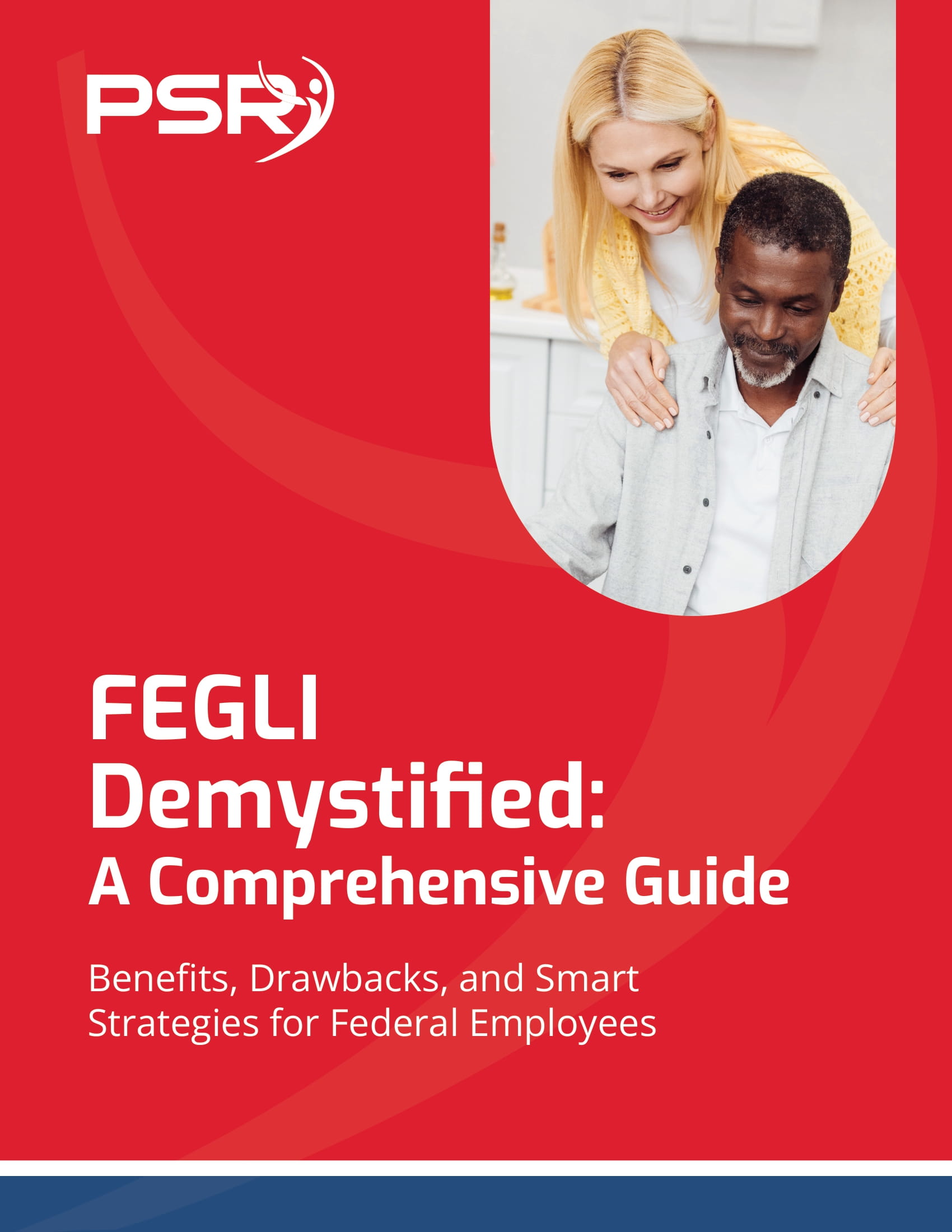Key Takeaways
-
New Social Security rules for 2025 change how your benefits could be taxed, calculated, and timed—important considerations if you’re close to retirement.
-
Cost-of-living adjustments, earnings limits, and eligibility updates may affect both current and future retirees, especially in the public sector.
What’s Changed in 2025?
Social Security in 2025 looks different than it did just a year ago. With updated laws, adjusted earnings thresholds, and benefit calculation shifts, you need to understand how these new rules could influence your retirement decisions. If you’re currently working in the public sector or already receiving benefits, these updates are particularly relevant to your long-term planning.
Full Retirement Age Now Affects Those Born in 1963
In 2025, your Full Retirement Age (FRA)
- Also Read: The Hidden Retirement Costs of Divorce That Catch Too Many Federal Workers Off Guard
- Also Read: These Benefits Still Make Federal Employment Worth It—But Only If You Actually Use Them
- Also Read: Could Hiring Freezes Impact You? What 2025 Trends Are Saying About the Federal Workforce
-
Filing before your FRA permanently reduces your monthly benefit.
-
Waiting until after FRA can increase your benefit by up to 8% per year, up to age 70.
If you’re turning 62 this year, you’re now eligible to file for early retirement benefits, but at a reduced amount. For government employees coordinating pensions with Social Security, this early claim could have long-term impacts.
Cost-of-Living Adjustment (COLA) Brings Modest Increase
The COLA for 2025 is set at 3.2%, following a 3.2% increase in 2024. While not as large as past years, it does help maintain purchasing power. Your monthly benefits will reflect this increase starting in January 2025.
This annual adjustment is particularly important for retirees who rely heavily on Social Security and public sector pensions. COLA adjustments apply automatically—you don’t need to apply or take any action.
The Earnings Limit Is Higher in 2025
If you’re under your FRA and still working while receiving Social Security, the earnings limit in 2025 is $23,480. Exceed this amount, and your benefits will be reduced:
-
For every $2 you earn above the limit, $1 is withheld from your benefits.
-
In the year you reach FRA, the limit rises to $62,160, and only $1 is withheld for every $3 above that threshold.
Once you reach FRA, there’s no penalty for working while receiving benefits. This can impact decisions for public sector workers who continue employment past eligibility age.
Windfall Elimination Provision (WEP) Has Been Repealed
As of January 2025, the Windfall Elimination Provision (WEP) no longer applies. This is a major shift for public sector employees. Previously, WEP reduced your Social Security benefits if you received a government pension based on work not covered by Social Security.
With WEP repealed:
-
You’ll now receive the full benefit based on your earnings record.
-
This especially benefits those under CSRS or similar retirement systems.
This change alone can significantly improve your financial outlook in retirement.
Government Pension Offset (GPO) Still in Effect
While WEP is gone, the Government Pension Offset (GPO) remains active in 2025. GPO reduces Social Security spousal or survivor benefits if you also receive a government pension.
-
Typically, GPO reduces the Social Security benefit by two-thirds of your pension amount.
-
This often eliminates or significantly reduces spousal benefits.
Make sure to account for this when coordinating benefits with your spouse or partner.
Social Security Benefits Are Still Taxable
The rules for taxation of Social Security benefits remain unchanged in 2025. Your benefits may be taxable depending on your total income:
-
If you file as an individual and your income is over $25,000, up to 85% of your benefits may be taxable.
-
For joint filers, the threshold is $32,000.
For government retirees with pensions, your total income often includes both your pension and Social Security, so tax planning is crucial.
Online Tools and Statements Have Been Enhanced
The my Social Security portal has new features in 2025:
-
A redesigned benefits estimator to help you plan based on current laws.
-
Notifications that alert you about nearing eligibility milestones.
-
Improved access to statements, including personalized COLA and earnings reports.
Using this portal regularly is a smart way to monitor your earnings and stay updated on your projected benefits.
The COLA Cap Debate Is Ongoing
There’s discussion in 2025 about whether future COLAs should be capped or tied to different inflation indexes. While nothing has been enacted yet, it’s something to watch if you’re planning for retirement several years out.
If these changes do occur, it could affect the long-term growth of your Social Security benefits. Those relying on fixed pensions and Social Security might see slower income increases.
You Can Still Delay Filing to Increase Benefits
Delayed retirement credits remain in place in 2025:
-
If you wait past your FRA, your benefit grows by 8% annually until age 70.
-
This strategy is especially useful if you expect a long retirement or want to maximize survivor benefits for your spouse.
For public sector employees who also have pensions, this could be a way to balance pension income early on with higher Social Security later.
Medicare Enrollment and Social Security Are Still Linked
When you file for Social Security, you’re also automatically enrolled in Medicare Part A. In 2025:
-
You must enroll in Part B manually, and there’s a monthly premium.
-
Delaying Part B without other coverage can result in a penalty.
Understanding this link is vital for government retirees who may already have FEHB or other retiree health coverage. Coordinating these correctly avoids penalties and duplicate coverage.
Survivor and Dependent Benefits Remain Unchanged
Survivor and dependent benefits under Social Security are still in place in 2025:
-
Widows, widowers, and eligible children may qualify for benefits.
-
Benefit amounts are based on the deceased worker’s earnings record.
If you have a government pension, it’s important to consider how GPO affects survivor benefits when planning.
Applying for Benefits in 2025: What You’ll Need
Before filing, gather the necessary documentation:
-
Proof of age (birth certificate or passport)
-
Social Security card or number
-
W-2s or self-employment tax records
-
Bank details for direct deposit
You can apply online, by phone, or at a local SSA office. If you’re coordinating with a government pension, it’s helpful to speak with a licensed agent to ensure you’re making the most of your benefits.
What You Should Be Doing Now
If you’re not yet retired:
-
Review your Social Security statement annually.
-
Coordinate with your HR department to understand how your pension interacts with Social Security.
-
Estimate your retirement income using updated 2025 tools.
If you’re retired:
-
Monitor your earnings if working part-time.
-
Watch for any tax impacts from increased COLA.
-
Ensure Medicare enrollment is properly aligned with other health coverage.
Planning Your Retirement With the 2025 Rules in Mind
The 2025 Social Security rules reshape how you should think about retirement income, especially if you’re a current or former government employee. With the repeal of WEP, updated earnings limits, and the potential for tax implications, your planning needs to be detailed and current.
Whether you’re filing soon or just thinking ahead, now is the time to understand how these rules affect your retirement picture. To make the right moves, speak with a licensed agent listed on this website who can help align your Social Security decisions with your public sector pension and broader financial goals.








